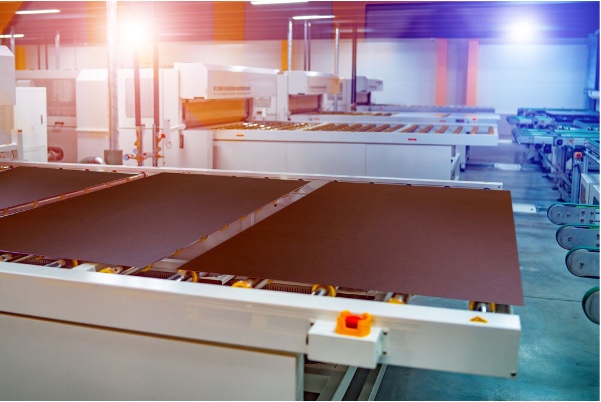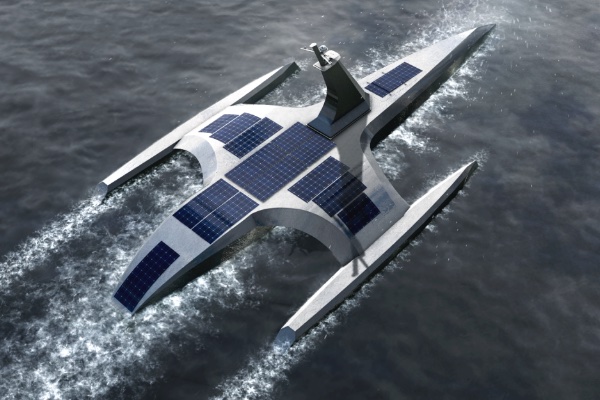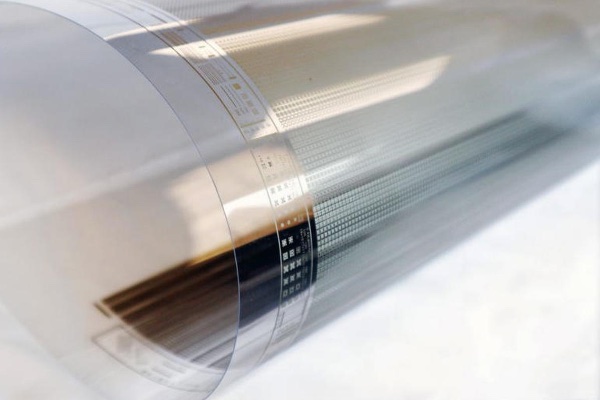ISABEL RUBIO ARROYO | Tungsteno
In the first-ever virtual edition, due to the coronavirus pandemic, CES organisers have awarded a prize for an autonomous ship that navigates without a captain, and for a plastic sheet capable of redirecting 5G waves. We round off this list with our own selection of other promising green technologies: from solar roof tiles to wooden planks that generate energy with our footsteps.
Indoor solar cells
In a context where renewables will be the leading global source of electricity by 2025, according to the International Energy Agency, photovoltaic energy is now the cheapest it has ever been in history. As a result, more and more devices are being developed to take advantage of the benefits of the sun's rays. For example, in the case of the tycoon Elon Musk, in addition to manufacturing electric cars with the company Tesla, he is now also creating solar roof tiles. The system is designed to help users recover the costs they have invested thanks to the energy they produce, but there are still major challenges ahead, such as the regulations on the self-consumption of energy in each country.
Also among the alternatives for harnessing solar energy, but without the need to install solar panels on roofs, is the Smartflower POP+. Like a flower, it unfurls early in the morning and follows the sun throughout the day to generate and store the energy needed to power a home or small business. If strong winds are detected, the device folds up immediately and moves into a safety position to prevent breakage.
While most panels capture sunlight to generate heat or electricity, they have a drawback: they do not work well indoors and in enclosed environments. One of the award-winning devices at CES in the sustainability, eco-design and smart energy category aims to overcome this drawback: the low-light indoor energy harvesting solar cells from Ambient Photonics. In other words, this tech could power devices entirely from the ambient light available indoors, without ever needing to be recharged.

Ambient Photonics sensors, awarded at CES, are capable of generating energy by capturing ambient light indoors. Credit: Ambient Photonics.
Flooring that generates energy from our footsteps
With energy optimisation in mind, the homes of the future will be built primarily with sustainable and smart materials, such as the wooden flooring developed by a team of engineers at the University of Wisconsin-Madison. These floorboards use electromagnetic induction to generate electricity from footsteps. The researchers claim that the energy created could be used to power lights or charge batteries.
These smart homes are characterised, in particular, by the efficient management of resources such as water. To detect any anomalies that could lead to the loss of this valuable resource, the company D-Link has developed a Wi-Fi sensor. This system, which won an award in the smart home category from the CTA (the Consumer Technology Association in the US, which organises the CES), functions as a kind of brain that communicates with other remote units around the home. For example, it can provide alerts in the event of a leak in the system or a malfunction in washing appliances.
An autonomous ship captained by Artificial Intelligence
The path towards more eco-friendly cities also involves a rethink of transportation solutions, from autonomous vehicles to the construction of roads themselves. One of the most innovative solutions recognised in the smart vehicles and transport category at this year's CES was an autonomous ship called the Mayflower. The goal of this vessel is to sail across the Atlantic in 2021 without a crew. To achieve this, IBM and the marine research organisation ProMare have been conducting tests over the past few months to evaluate how the ship uses onboard cameras, artificial intelligence and edge computing systems to safely navigate around boats, buoys and other obstacles it may encounter in the ocean. In addition, the vessel is designed with a commitment to the environment, as it gathers environmental data to help safeguard the health of the ocean.
But not all green transport solutions travel by sea. The Swedish eRoadArlanda project aims to equip roads with rails that can charge vehicles on the go. "By building electrified roads, we can reduce carbon emissions by 80-90%," say the project's promoters. Some are also exploring other alternatives, such as gluing photovoltaic panels to the pavement. This is what the Wattway project is all about. Its creators point out that roads are occupied by vehicles only 10% of the time: "Imagine the solar resources of this surface, always facing the sky."

Recognized as one of CES's most innovative mobility solutions, the Mayflower is an autonomous ship that sets out to cross the Atlantic in 2021 without a crew. Credit: IBM.
Plastic sheeting to boost 5G without antennas
In the transition to smart cities, it is also essential to ensure connectivity, and all eyes are on 5G. There are currently 135 commercial networks worldwide, according to the CTA, but the full roll-out of 5G is still a long way off.
EES (electromagnetic engineered surfaces) could help drive its deployment. These thin, semi-transparent plastic surfaces reflect, redirect or block specific radio frequency waves. Winners in the smart cities category, these low-cost, flexible sheets can be used on buildings, signs or walls to augment, direct or inhibit specific telecom services.
Beyond 5G, there are many other proposals that we are likely to see in the green and smart cities of the future. For example, so-called living buildings, self-sufficient constructions that are constantly evolving with a strong natural presence in their structure. Wall and roof gardens have benefits such as absorbing heat, carbon dioxide or rainwater, as well as providing insulation. But also, in the face of population growth, another trend is vertical farming, i.e. growing plants and food inside multi-storey buildings or skyscrapers.
Proponents claim that this allows crops to be grown year round and, by dispensing with much of the machinery and processes of traditional agriculture, reduces the use of fossil fuels —a goal common to all the promising innovations on this list— although it is still too early to know to what extent they will be adopted on a mass scale in our society.
· — —
Tungsteno is a journalism laboratory to scan the essence of innovation. Devised by Materia Publicaciones Científicas for Sacyr’s blog.
